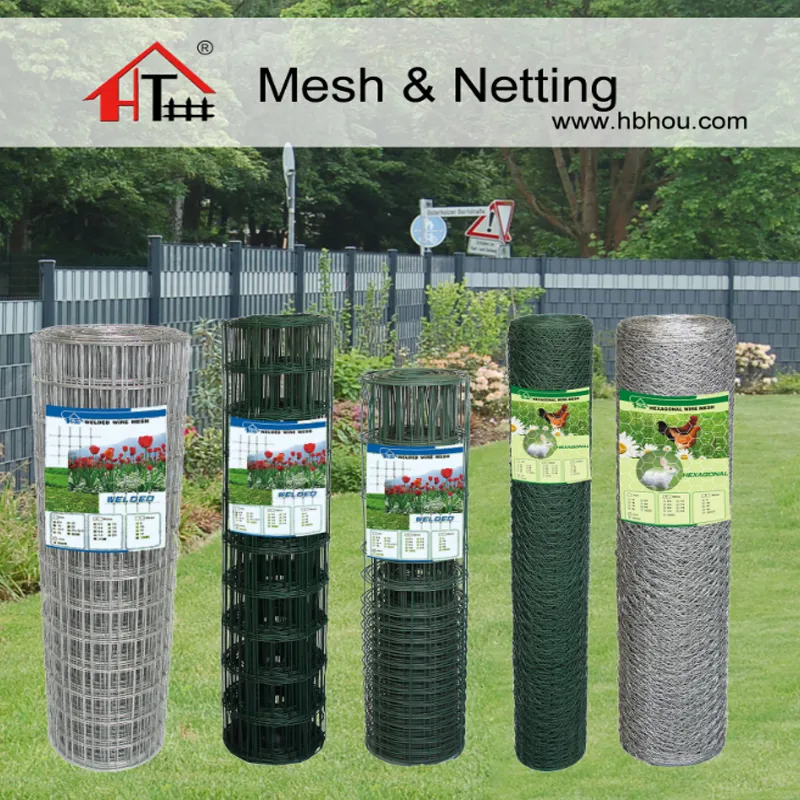

For those whose gardens are smaller or where aesthetics are of utmost importance, consider investing in electric fencing. Experts often recommend this for its low-visibility appeal and high effectiveness. By placing electric tape at varying heights, it creates a psychological barrier as deer tend to avoid areas where they have previously received a shock. This method requires regular maintenance and should be installed by a professional to ensure it’s effective and safe for other wildlife and humans. Location and layout play significant roles in determining fence efficacy. Strategic placement of the fence perimeter, such as along natural deer pathways or using existing natural barriers like dense shrubbery, can discourage deer activity in your area. Creating a secondary perimeter of thorny or undesirable plants around your primary garden can also act as a deterrent. Beyond the physical structure, maintaining your garden free of attractants is essential. Even the most robust fence can fail if your garden is filled with deer favorites, such as hostas or roses. Incorporating deer-resistant plant species can significantly reduce the attraction of your garden. Additionally, consider installing motion-activated sprinklers as a supplementary deterrent. The sudden movement and water spray can effectively startle and discourage deer from lingering near your fence. Incorporating these strategies will foster a garden that is verdant and thriving, untouched by deer without compromising on beauty or functionality. Combining expertise with real-world solutions underscores the importance of thoughtful design and strategic implementation. By understanding deer behavior and employing expert-recommended solutions, your garden can flourish safely and sustainably. With these steps, not only do you protect your investment and hard work, but you also cultivate a harmonious balance between human and wildlife interactions, ensuring a tranquil coexistence with nature.
















